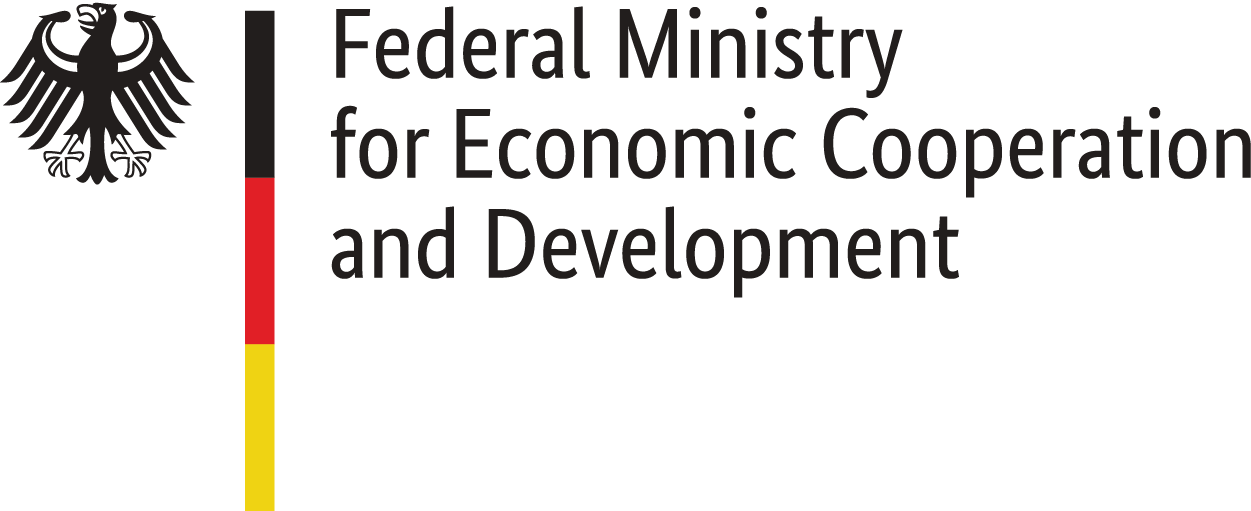Television
Like in many countries, Television remains the dominant means for receiving information also in Ukraine, and TV stations’ owners know and use this fact.
The Ukrainian television market is very unevenly developed. This relates to a comparison of regional and national TV, as well as between commercially operated and public (in fact, state-owned) national media outlets. As a heritage from Soviet times, when Moscow TV was considered the main broadcaster for the entire Soviet Union; the Ukrainian Republican TV was funded on a significantly lower level and was considered worse, underdeveloped, and flawed. Actually, Belarus, Ukraine’s neighbor, is still stuck in this Soviet model. Ukraine has been trying to grow out of this situation for a long time, gradually displacing content of Russian origin from its TV channels. To develop original Ukrainian programming came as a certain challenge, and the 1+1 TV channel was the first to meet it in the mid 1990s.
The main «burden» transforming Ukrainian TV into a high-quality and competitive product was carried by private TV channels, financed by a small group of local oligarchs: Victor Pinchuk, Rinat Akhmetov, Ihor Kolomoyskiy and Petro Poroshenko. At the same time, state television remained stuck and unreformed for decades, perceived by the general public as a second-rate TV. Only in the recent years, due to the adoption of a law on Public Broadcasting Service and to significant efforts of the newly appointed head of the National TV and Radio Company Zurab Alasania, the content started to improve, and the TV channel, UA: Pershiy, is in the process of transition into a Public Broadcaster.
In the meantime, Ukraine’s private channels advanced to a quite decent level, compared to other countries of Central Eastern Europe. This process included the introduction of their own current affairs formats, based on journalistic storytelling. The only, though disastrous, flaw in the process of this development appeared to be an editorial policy dictated by political beliefs of the respective owner. At the times of political crises, like the one before the Orange Revolution of 2004 and the Revolution of Dignity of 2013-2014, this led to overt manipulations, smearing campaigns, and the muzzling of certain political forces of the opposition. At many TV stations, the most frequently used tool was the so-called «temnyk» – secret instructions from the Presidential Administration dispatched to the editors of a TV channel, specifying in what light they should present this or that event. Temnyks were widely used in the late years of Kuchma’s rule and under Yanukovych. Also, television was plagued by use of dzhynsa – commissioned stories used as covert advertisement.
For today, such practices remain as a characteristic for the group of channels INTER, the largest private TV station that is distinctly pro-Russian, as well as for the Ukraina TV channel owned by Rinat Akhmetov.
Lately, more news channels emerged in the Ukrainian TV space joining the «veteran» of the Orange Maidan times, Channel 5 owned by Petro Poroshenko. These new additions were Channel 112, NewsOne, and Espreso.TV. The first two are generally believed to be connected to the funds of «the Family» of the former President Yanukovych; they often broadcast pro-Russian interpretation of events.
Some TV channels on the market rank in the top ten by popularity, but do not broadcast any news, such as TET and 2+2. Still, their purely fictional content, or infotainment, arguably, does contribute to the formation of certain worldviews and opinions on the end of consumers.
The language of Ukrainian news television is mostly Ukrainian, and this played a very important role in improving the Ukrainian language in the country in general. Some channels broadcast news programs in Russian at certain hours. The language of the hosts of political talk shows that form the population’s electoral preferences is often Russian (in Ukraine, there are many hosts and producer teams from Russia). How likely politicians are to appear on such talk shows is determined by the amount of monetary "investment", allocated by such politicians or their party "for cooperation" with a specific channel.
A communal channel (UATV) appeared as the first and only English-speaking channel in Ukraine. In addition, also a private online TV channel – UA.Today – broadcasts in English and is owned by Kolomoiskiy. It streams only on the Web after a failed attempt to turn it into a full-fledged channel.
The regional television outlets vary a lot in quality, usually determined by the availability of funds and subsidies. Odesa, Lviv, Kharkiv, Dnipro, and Zaporizhzhya have numerous, high-quality TV media outlets.














